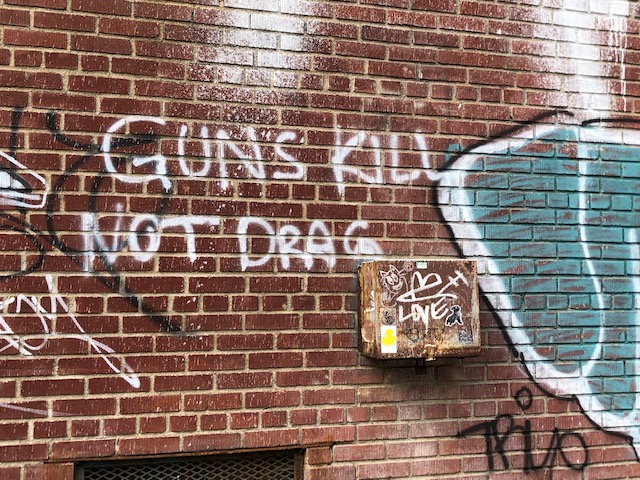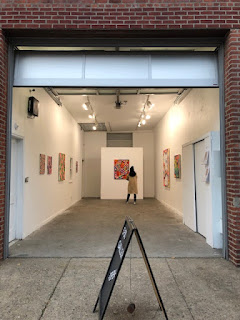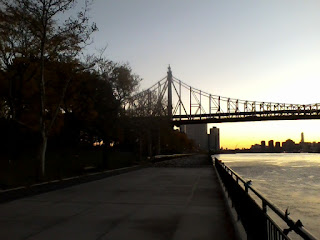Great minds think alike.
So I've heard. Now, I am not going to tell you that I am a "great mind." But I know when someone is thinking like a cyclist--in particular, a cyclist in New York City.
Kevin Duggan is such a person. His latest article in Streetsblog NYC tells me as much.
In it, he lauds a new series of bike lanes I've already ridden a few times. But he also said they are part of the "groundwork" for a "much-needed safe transportation network in the neighborhoods of Western Queens.
Astoria, where I live, is part of Western Queens. There is already a lane--which is far from ideal--on my street and a few others. But those extant lanes do not form a coherent network that would allow a cyclist or, for that matter, anyone not driving, a safe, reliable and efficient way to traverse the area between its bridges, schools, workplaces, shopping areas, parks, museums and the residences of people like me.
Nor do the new lanes about which Duggan writes. Oh, one of them, along 11th Street, is protected by concrete barriers along some stretches and a lane of parked cars along others. And it connects, if not seamlessly, with two other lanes along other major thoroughfares--Jackson Avenue and 44th Avenue-- in the neighborhood. But they don't offer something else they could: a safe and easy way to access the Pulaski Bridge, which connects the Queens neighborhood Long Island City (an area about 4 kilometers south of my apartment) to Greenpoint, Brooklyn--and has a protected bike lane.
Moreover, the Jackson Avenue and 44th Avenue lanes, which run east-west, doesn't connect (yet) with the lane along Vernon Boulevard--a north-south lane like 11th Street. And there is no lane to connect Vernon or 11th to Crescent Street or other lanes that take cyclists to the RFK Memorial Bridge and other useful, relevant and interesting places.
Kevin Duggan understands. I can only hope that the planners will, some day soon.
(Photo by Kevin Duggan for Streetsblog. Map from New York City Department of Transportation.)





.jpg)

.jpg)

.jpg)








.jpg)
























